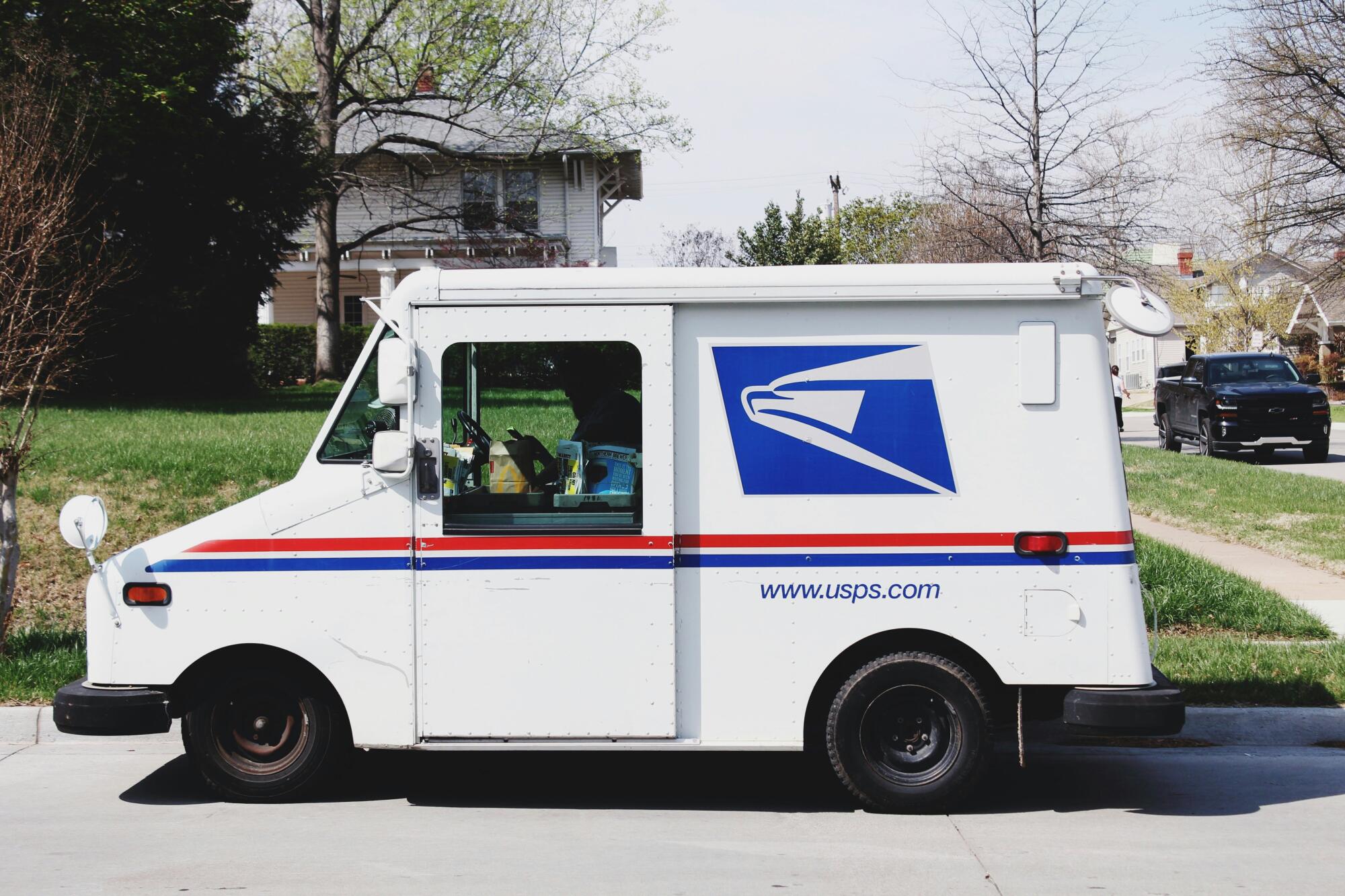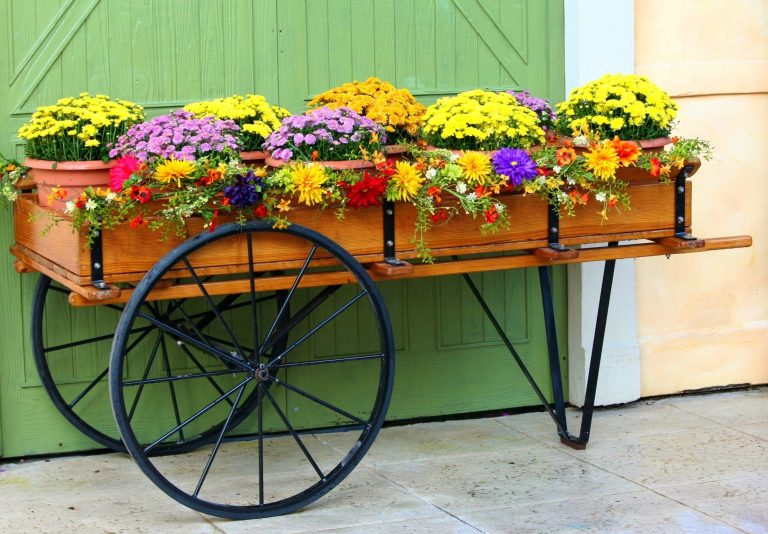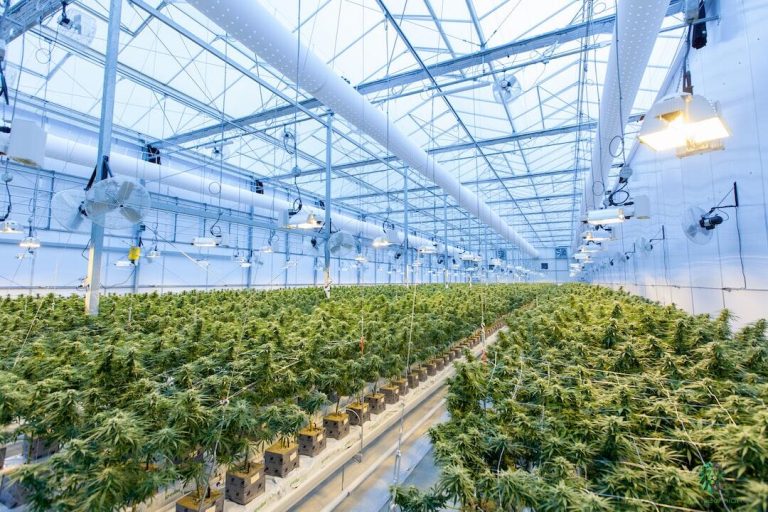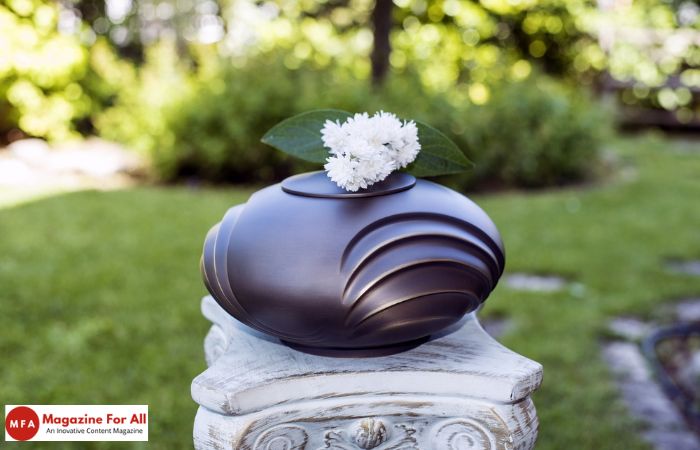Are you wondering what the different types of cremation are and which one is right for you and your lost loved one? One of the best ways to celebrate the life of your loved one is to plan the right type of service for them. Memorial services, funerals, and burials are all a way to commend the time you spent with the person before they left. But it’s helpful to know some things about cremation.
Cremating the body, while it seems like a strange method, has its own sort of elegance. Read this simple guide to learn the different types of cremation.
Table of Contents
The Most Common Type of Cremation Process
Cremation is a popular alternative to traditional burial, especially in today’s society. There are several types of cremation to choose from, so to help you make an informed decision, we’ve put together this guide to explain the various options and what they entail.
Traditional Cremation
The most common type of cremation is what’s known as a traditional cremation. This is where the body is placed in a cremation chamber and exposed to high temperatures until it is reduced to ashes.
The ashes are then placed in a container and returned to the family. This process may include the use of an urn to hold the ashes and give the family a physical way to honor their loved one.
Direct Cremation
Unlike traditional cremation, direct cremation does not include a funeral or any sort of memorial service. With direct cremation, the body is placed into the cremation chamber without a viewing or service beforehand. This is often the most affordable option for families.
Water Cremation
Known as aquamation or alkaline hydrolysis, water cremation is a newer type of cremation that has become available in some states. This process uses water, alkali, and gentle heat to dissolve the body instead of burning it.
This type of cremation is environmentally friendly. It doesn’t use harmful chemicals and produces less greenhouse gas emissions than traditional cremation.
Burial at Sea
While not considered cremation, burial at sea is a way that many families choose to honor their loved ones. This process involves scattering or burying the ashes of the deceased in the ocean. There are regulations that must be followed but with the right permits and a qualified captain, a loved one’s ashes can be scattered at sea in a beautiful and peaceful manner.
Celestial Memorialization
A new option for those looking for a unique way to memorialize their loved ones is to send their ashes into space or have them included in a celestial memorial. Companies such as Celestis and Elysium Space offer this service. While it’s not for everyone, it’s an option for those interested in a unique commemoration.
Personalizing a Cremation Service for Your Loved One
Personalizing a cremation service is a great way to honor the life of your loved one, while allowing family and friends to celebrate the legacy of your loved one. There are some ways you can personalize a cremation service and pay tribute to your loved one in a memorable way.
Customize the Cremation Urn
One way to personalize a cremation service is by customizing the urn. You can choose an urn that reflects the personality and passions of your loved one, or you can have an urn customized with photos, quotes, or artwork that symbolizes your loved one’s life.
There are many options available, including biodegradable urns that can be planted and grow into beautiful trees, or jewelry urns that allow you to keep a small portion of your loved one’s ashes close to your heart.
Create a Memory Table
A memory table is a great way to personalize a private cremation service and honor the life of your loved one. You can place photos, mementos, and special items on the table that represent your loved one’s legacy. You can ask family and friends to bring items to add to the table, allowing everyone to contribute to the memorialization process.
Hold a Celebration of Life
When it comes to saying goodbye to a loved one, there is no one-size-fits-all solution. This is especially true when considering cremation services in Fort Worth, TX. A celebration of life is a joyful way to honor the life of your loved one and provide closure for family and friends.
You can hold the celebration at a favorite location of your loved one or host it at a venue that reflects their interests or passions. You can incorporate music, food, and decorations to ensure the celebration is a reflection of your loved one’s life and personality.
Share Memories and Stories
Sharing memories and stories is an excellent way to personalize a cremation service and celebrate the life of your loved one. You can invite family and friends to share their favorite stories and memories, or you can create a memory book where everyone can write down their thoughts and feelings. This allows everyone to connect and remember their loved one in a positive way.
Incorporate Personal Touches
Incorporating personal touches is another way to personalize a cremation service. You can play your loved one’s favorite music, display their favorite flowers, or serve their favorite food and drinks. You can incorporate a favorite hobby or activity into the service, such as painting, gardening, or fishing.
The Environmental Impact of Cremation and Green Alternatives
When a loved one passes away, we tend to turn to cremation as a mode of laying their body to rest. But have you thought about the potential environmental impact of cremation?
While it is a popular choice, cremation isn’t the most eco-friendly option out there. There are top environmental impacts of cremation and suggest some green alternatives to consider.
Carbon Emissions
Cremation is a process that involves burning organic matter at high temperatures. Unfortunately, this results in the release of carbon dioxide and other harmful pollutants into the air.
In fact, one cremation can release up to 400 of carbon dioxide – the equivalent of driving a car for 1,000 miles of carbon emissions. To reduce these emissions, alternative modes of handling a body include natural burial in a biodegradable container or a conservation burial in a nature reserve.
Non-Biodegradable Materials
Coffins, caskets, and urns are used in cremation, but they’re made from non-biodegradable materials like metals, plastics, and hardwood. This means that they won’t break down in the soil, and instead will release toxins into the environment over a long period of time. Green alternatives include biodegradable caskets and urns made from materials like bamboo, recycled paper, and seagrass.
Land Use
The land used to lay the ashes of cremated bodies can often be a significant problem. If the body is not combusted or is treated with chemicals for preservation purposes, these toxins can seep into the soil and pollute nearby ecosystems. Green alternatives include a home funeral service where a family member can care for their loved one at home after death and transport them to a natural burial site themselves.
Energy Consumption
The process of cremation requires a substantial amount of energy input. The furnaces needed to generate the high temperatures required to incinerate the body are energy-intensive and consume a lot of fossil fuels. Green alternatives include natural burial that requires no energy and has a lower carbon footprint.
Mercury Emissions
Some bodies contain dental amalgams, which can release mercury emissions during cremation. This toxic substance can contaminate the air and water in small quantities, and this risk can be mitigated by specific dental healthcare before death. An alternative to this is using a dental healthcare specialist who can provide safe approaches to amalgam removal.
Cremation Costs
Cremation is often a more affordable option when compared to traditional burials. One of the reasons for this is that a casket isn’t needed, which can cost thousands of dollars.
However, it’s important to note that funeral homes and cremation providers may offer different price points and packages. Thus, it’s important to shop around and compare prices before making your decision.
Some services that may be included with cremation include transportation, body preparation, cremation fees, and obtaining death certificates. Other services that can add up are the urn, viewing or wake, cremation jewelry, and memorial services. It’s important to determine what you’re comfortable with and what you can afford upfront.
Legal Considerations
One of the most important legal considerations is to obtain a death certificate, which is required before the cremation can take place. In some cases, there may be a waiting period before a cremation can happen.
If the death was due to suspicious circumstances or required an autopsy, the state medical examiner may have to approve the cremation. Additionally, certain states require a separate permit for the cremation to be granted.
If the deceased left specific instructions, such as the type of urn or location to scatter ashes, it is important to follow them if possible. However, if there are no instructions, it is up to the family to decide where to scatter the ashes, if they choose to do so.
Getting to Know the Types of Cremation
Understanding the different types of cremation is essential for families who are faced with the difficult task of saying goodbye to a loved one. By being aware of their options, families can make informed decisions and honor their loved one’s wishes. If you have any further questions, do not hesitate to reach out to a professional for guidance.
Check out our other blog posts for more informative content: Opportunities Opened Up by a Tennessee Contractor’s License and How Exam Prep Can Help































































